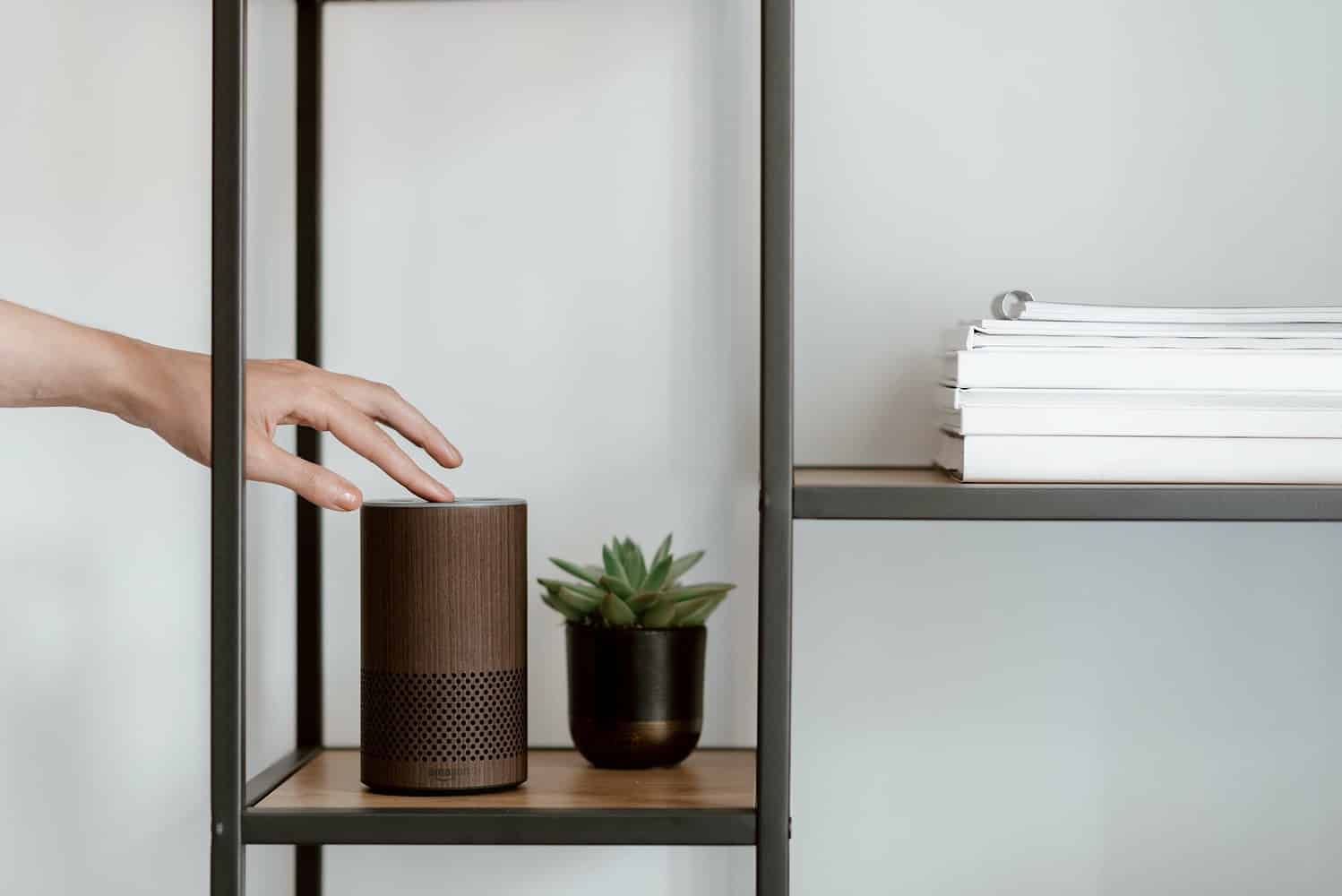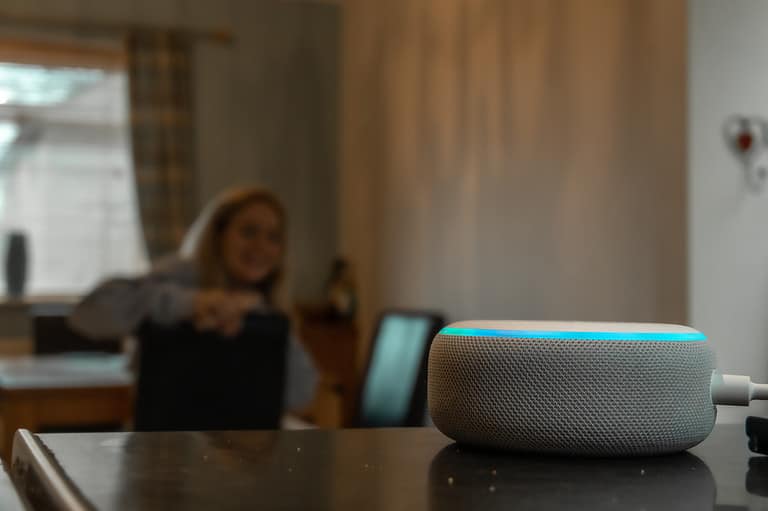A setting where AI, smart devices, machine learning, data, and human activity all work together to produce an outcome is referred to as an ambient computing environment. There is no need for direct human command to carry out a task.
In contrast to smartphones and watches, which require active human input like typing or clicking, ambient technologies do not require a command to deliver a result. Ambient technologies, as their name suggests, blend in with the environment so well that people scarcely even detect their presence.
The most prevalent example of ambient computing devices is the smart speakers and personal voice assistants that millions of people have in their homes. We don’t interact with Google or Alexa speakers the same way that we do with our other devices. In business environment, the setup for effective hybrid work is an example of ambient computing. We use the sound and video systems in those rooms, together with the infrastructure behind them, in an ambient way as well. That is, they’re more or less invisible and we don’t use direct input mechanisms to control them.
Until fairly recently, users mainly used these types of devices to play songs or ask about the weather, for example. Many people’s daily routines now include talking to smart assistants. For instance, asking them to do things like switch on the lights, read the news, or play music. Lately, this technology has advanced so much that smart assistants can order food directly to the user’s door or clean their house.
Utilizing this, a person speaks into their environment rather than into a device. Smart speakers are also mostly designed with subtle and simple looks − minimizing their noticeability as much as possible.
Devices are so seamlessly integrated into everyday life that people hardly take notice of them. More than that, knowing when you are using a computer has also become increasingly hard to tell.
Internet of things
Ambient computing is closely intertwined with IoT, but they are not the same thing. IoT enables communication between various devices, which is necessary for seamless integration. This network enables data transfer between devices, and is known as the “internet of things,” or IoT. In this way, IoT forms a basis for ambient computing.

Also read: Ruckus IoT Suite eliminates the complexity of IoT networks
For example, a smartphone connects to the thermostat, the thermostat connects to the central heating, and so on. These gadgets can model their behavior after human behavior thanks to AI. Together, the devices form an ecosystem.
As development fine-tunes and expands ambient computing technology, IoT’s future applications can also take shape. It is doubtful that devices would disappear as a whole. However, user behavior and interactions will become more natural and fade into the background.
What’s next?
Although pointing towards a seemingly optimistic future, many other factors still come into play. For example, leveraging ambient computing produces a lot of data. This necessitates latency and storage requirements to be able to meet expectations.
An ecosystem comprises of various devices with multiple points of communication and demands stronger security to assure that these devices are safe. The associated apps and cloud services must also be secure.
The biggest hurdles in ambient computing and smart assistant technologies are security and privacy concerns. When users introduce devices into the home and allow them to record and analyze highly personal habits, they want to know what happens to their data and how it trains AI.
Tip: AWS brings Alexa Voice Services to new IoT devices
Overcoming these hurdles require a level of trust. Businesses’ ability to handle all this data with some degree of honesty will be crucial to maintaining the public’s trust. Aside from creating confidence in data and privacy protection, corporations must also build consumer trust in whether these gadgets can reliably accomplish what they are supposed to do.
The accuracy with which smart assistants perform their tasks and their general reliability also have to increase for users to trust them with newer functions. Users may, for example, keep checking to ensure their smart assistant locked it if the device does not follow other basic instructions accurately.
